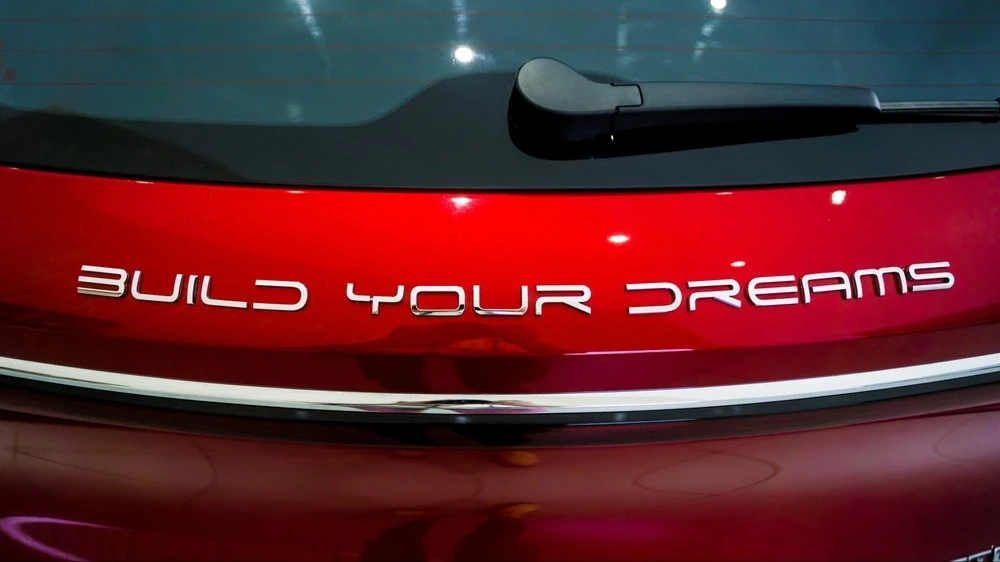BYD has announced the largest recall of electric cars in its history. One of the reasons is the batteries

China's BYD, Tesla's main competitor, will conduct the largest recall of electric cars since its foundation - due to design defects and possible problems with batteries, Reuters reports. It will affect more than 115 thousand cars manufactured from 2015 to 2022.
Details
BYD has notified the regulator of plans to recall 44,500 Tang electric cars produced from March 2015 to July 2017, in which design defects in certain components can lead to malfunctions, Reuters reports. The company also initiated a recall of 71,200 Yuan Pro electric cars produced from February 2021 to August 2022 - due to a manufacturing defect related to battery installation.
In January 2025, BYD recalled almost 7 thousand hybrid SUVs Fangchengbao Bao 5 because of the risk of fire. And in September 2024 - almost 97 thousand electric cars Dolphin and Yuan Plus, the reason was a manufacturing defect in the steering unit, which could also lead to fire, recalls the agency.
What about the stock
BYD shares fell by 2.5% shortly after the opening of trading in Hong Kong. At the same time, according to MarketScreener, the majority of analysts recommend securities of the electric car manufacturer to buy (consensus rating Buy). The average target price calculated by the site assumes growth of BYD quotations by 26% in the horizon of the year.
Context
The largest recall in the history of the global automotive industry remains the recall of cars related to defective airbags manufactured by Japanese Takata. It affected more than 100 million cars worldwide. The problem was with the airbag gas generators, which exploded when deployed, scattering metal shards around the cabin.
The defect has resulted in numerous injuries and at least 33 deaths worldwide. The recall campaign, which began in 2013, stretched over many years and affected many leading automakers. The scale of the problem and the slow response from Takata led to its bankruptcy in 2017.
This article was AI-translated and verified by a human editor
